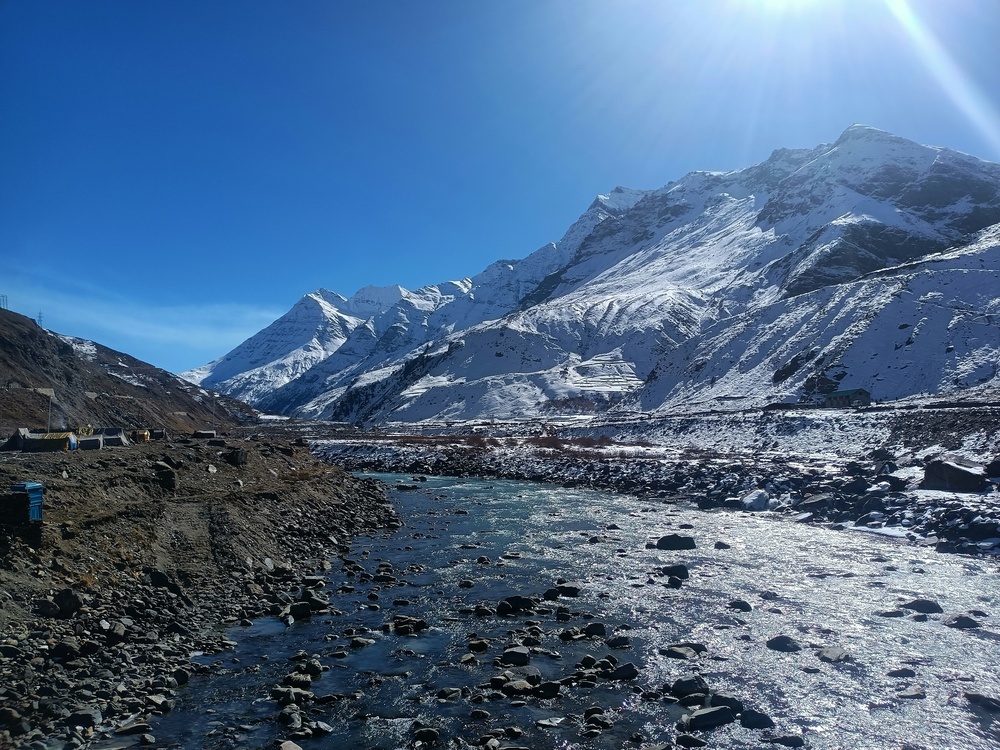Trekking & Hiking Tourism: Exploring the World One Trail at a Time
In a world that moves fast and feels increasingly urbanized, the call of the mountains, forests, and unexplored paths has never been stronger. Trekking & hiking tourism offers a refreshing escape for nature lovers, thrill-seekers, and those seeking self-discovery. Whether it’s an alpine trail in the Himalayas, a rainforest trek in the Western Ghats, or a volcanic hike in Indonesia, this form of travel connects you directly with the natural world—and with yourself.
As more travelers seek meaningful, active, and eco-friendly experiences, trekking & hiking tourism is emerging as one of the fastest-growing sectors in the adventure travel industry.
What is Trekking & Hiking Tourism?
Trekking and hiking tourism involves traveling to a destination primarily to walk along trails—either for several days (trekking) or for shorter durations (hiking). It can range from easy nature walks to multi-day, high-altitude adventures. Unlike typical sightseeing, trekking immerses you in remote landscapes, engages you with local communities, and challenges your physical limits.
Whether it’s summiting peaks or strolling through meadows, trekking & hiking tourism is about slowing down and savoring the journey—not just the destination.
Top Benefits of Trekking & Hiking Tourism
- Connect with Nature
Trekking allows you to experience landscapes that are inaccessible by road—be it alpine meadows, dense jungles, or snow-capped ridges. - Physical and Mental Health Boost
Long walks in nature improve cardiovascular health, reduce stress, and boost mental clarity. The challenges of the trail often lead to greater emotional resilience. - Cultural Immersion
Many treks pass through remote villages, offering a chance to interact with local cultures, taste traditional cuisine, and witness ancient lifestyles. - Sustainable and Low-Impact Travel
Compared to mass tourism, hiking and trekking have a lower environmental footprint, especially when done with ethical operators who follow Leave No Trace principles. - Personal Transformation
Trekking pushes you out of your comfort zone. Facing challenges on the trail—be it altitude, fatigue, or weather—often leads to self-discovery and growth.
Popular Trekking & Hiking Destinations in India
India is a trekker’s paradise, with trails that suit every level of expertise.
- Chadar Trek, Ladakh
A winter wonder like no other, the Chadar Trek involves walking over the frozen Zanskar River. It’s both thrilling and physically demanding. - Valley of Flowers, Uttarakhand
A UNESCO World Heritage Site, this trek takes you through colorful alpine meadows in full bloom during the monsoon. - Hampta Pass, Himachal Pradesh
This crossover trek connects lush Kullu Valley to the barren landscape of Spiti, offering contrasting scenery and moderate difficulty. - Kumara Parvatha Trek, Karnataka
One of the most challenging treks in the Western Ghats, this trail is rich in biodiversity and scenic beauty. - Sandakphu Trek, West Bengal
The highest point in West Bengal, Sandakphu offers breathtaking views of four of the world’s five tallest peaks, including Everest and Kanchenjunga.
Global Hotspots for Trekking & Hiking Tourism
- Inca Trail, Peru
This world-famous trek leads to the ancient ruins of Machu Picchu, passing through cloud forests and historic Incan paths. - Tour du Mont Blanc, Europe
Circling the Mont Blanc massif, this trek passes through France, Italy, and Switzerland, offering alpine beauty and cultural variety. - Kilimanjaro, Tanzania
Africa’s tallest peak is a bucket-list trek, attracting hikers from across the world aiming to summit its 5,895-meter peak. - Milford Track, New Zealand
Known as the “finest walk in the world,” this trail cuts through the majestic Fiordland National Park. - Annapurna Circuit, Nepal
A classic Himalayan trek, it offers unmatched diversity—from subtropical forests to high mountain passes over 5,000 meters.
Planning a Trekking & Hiking Tour: What to Keep in Mind
- Know Your Fitness Level: Choose a trail that matches your physical ability and hiking experience. Start with easier hikes and work your way up to more challenging treks.
- Pack Smart: Invest in good hiking boots, layered clothing, rain protection, water purification tools, and a sturdy backpack.
- Travel with a Reputed Operator: Ensure your tour operator prioritizes safety, provides trained guides, and promotes sustainable practices.
- Acclimatization is Key: For high-altitude treks, proper acclimatization is essential to avoid Acute Mountain Sickness (AMS).
- Respect Nature and Local Culture: Avoid littering, stay on marked trails, and be respectful of local customs and communities.
The Future of Trekking & Hiking Tourism
As more people seek authentic and eco-conscious travel experiences, trekking & hiking tourism is poised for exponential growth. Governments and tour operators are recognizing its potential for sustainable development, rural employment, and conservation awareness.
With the right infrastructure, responsible policies, and traveler awareness, trekking can benefit not just the individual, but entire ecosystems and communities.
Final Thoughts
In a world full of noise and screens, trekking & hiking tourism invites you to unplug and step into the wild. Whether you walk for solitude, challenge, or connection, every trail you tread tells a story—of nature, resilience, and wonder. So lace up your boots, follow the winding path, and discover a world where the journey is the destination.




